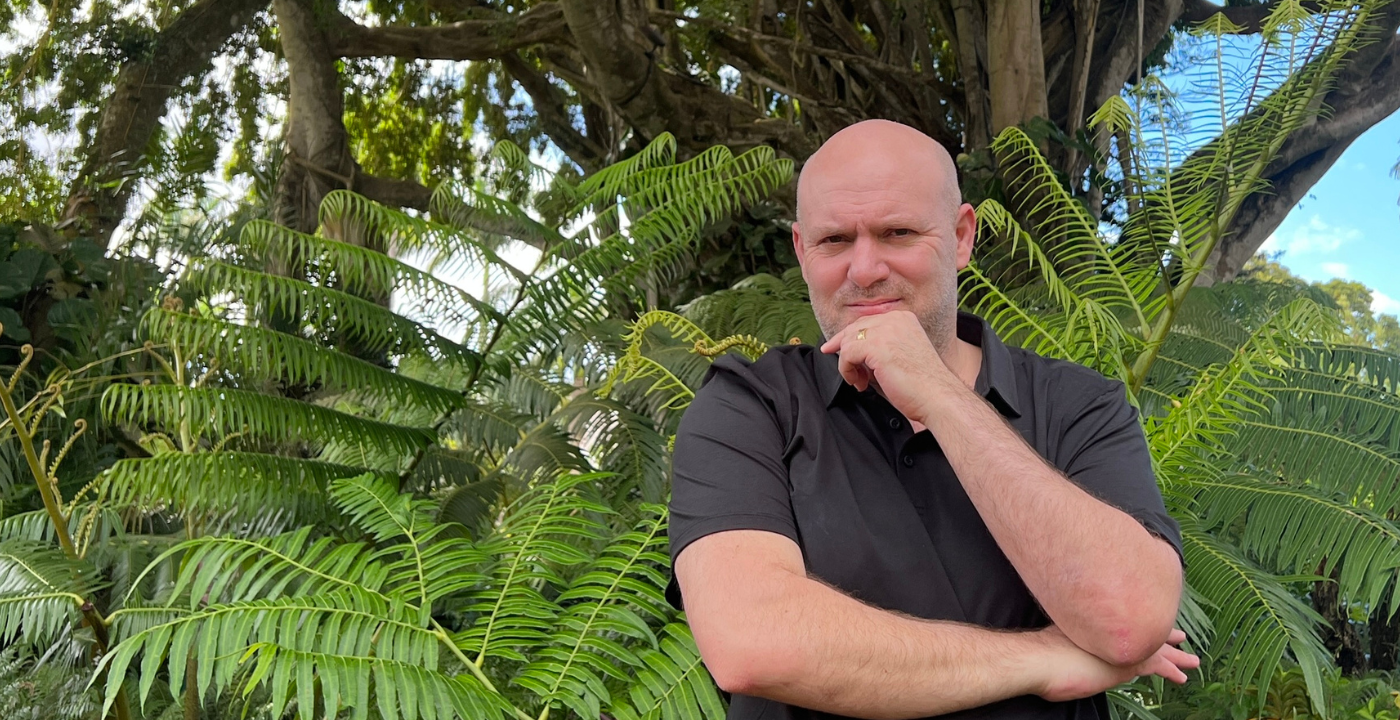the demand for Spinel has just gone crazy. I mean, crazy. One of the fastest growing, in demand price points in the world.
Then Vietnam. We go back. I come back to my office, I start poking out of this marble host rock these blue stones, chipping them out, and
then I put them under the refractometer. I check all the different tests that we do as gemologist, and voilà, we have discovered Spinel in a color that we've never seen before. Looks like Apatite.
Problem? Small. So small. Almost insignificant small. Like 10-point, 20-point, right? Don't think too much about it. Put all this stuff in
my warehouse with the rest of the gems I always put there. And then eventually just watch the market go. These little stones are selling for $10,000, $15,000 a carat. $10,000, $15,000 a carat. I literally bought them for, like, $100 a carat. I didn't even buy for $100. I think it was like, if you take out the money, it works out about $15, right? I didn't even think too much about it. I threw them in the closet right now. Thank goodness I still have them. Right.
So the demand for Spinel has just gone crazy. I mean, crazy up. One of the fastest growing, in demand price points in the world. Because
the world has just fell in love with this stone. They understand it better, they know it. And knowledge is power, and that basically is the way it works. Right? But Spinel is one to keep your eye on if you like a red stone that'll blow your head off. The Namya variety of Spinel.
The Jedi variety is some of the finest red gemstones in the world. Hands down. It's 100% natural. It's the hand of Mother Nature. It is
extremely rare and there is not a lot in circulation globally and there is no active mining today. If you’re looking for Blue Spinels, you’ve either got to go after the Cobalt coming out of Sri Lanka, or you want to go after the Neon Cobalt Blue that comes out of Vietnam.
Unfortunately, the Vietnam—if you’re looking at a 3.00 carat size—you could be spending five digits per carat easily, all day long. The prices just are high for that in the collector world. Because there is literally, I think, less than 15 stones in existence that surpass 2.00 carat. Very uncommon. Not easy to find.
But once again, keep your eye on the Spinel world, right? And let’s just see how this moves. But they’ve always been the impostor counterpart to the Ruby and Sapphire, confused for hundreds of years, and finally they’ve got their own lane. Their own race. They’re in the Olympics with the Ruby and the Sapphire. They have their own mineral type. And they’re something to keep an eye on, because they are beautiful, beautiful gem types.
Discover Spinel Collection


